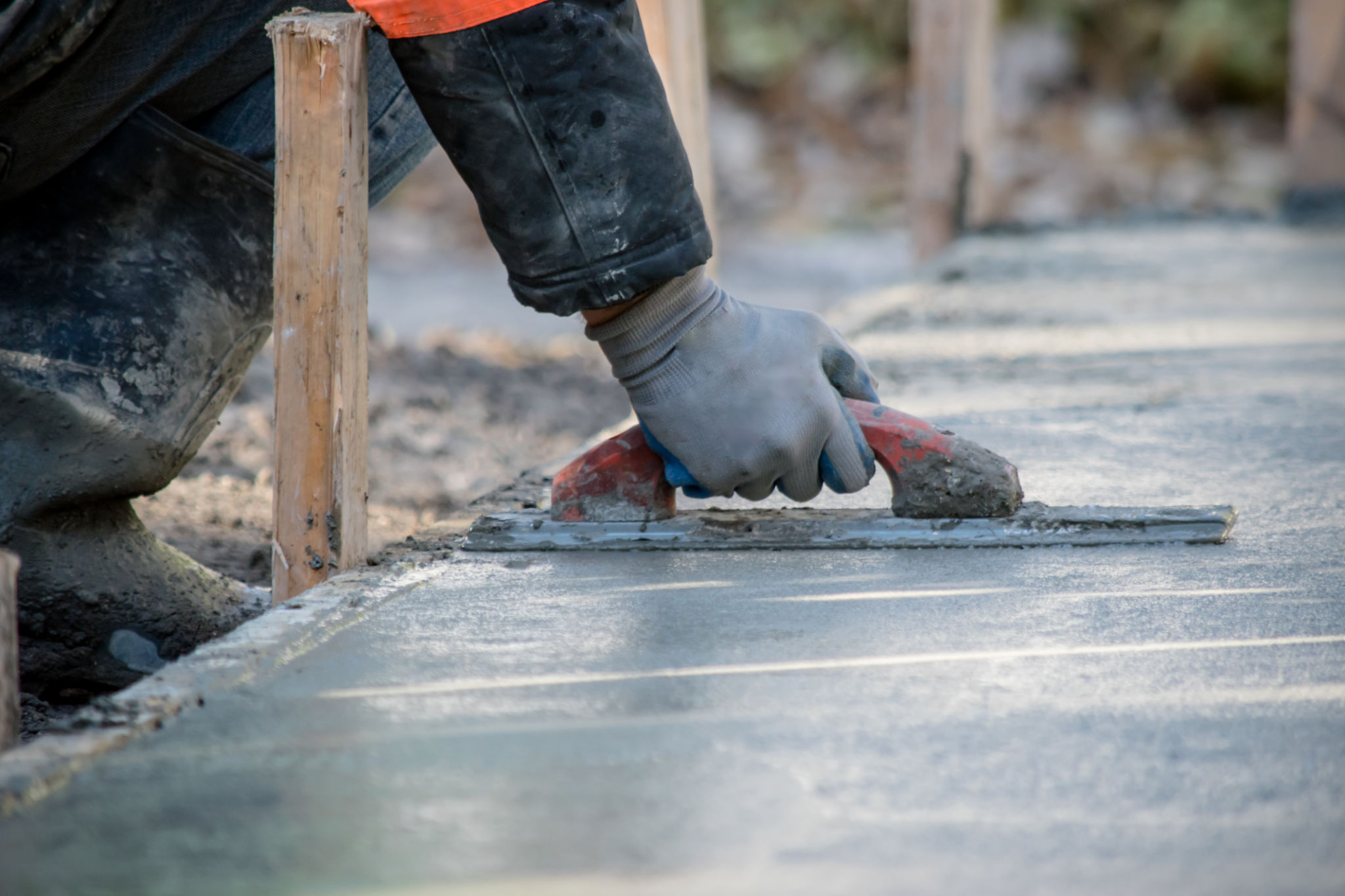Microcement vs. Traditional Concrete: A Contractor’s Guide for Gold Coast Projects
Understanding Microcement and Traditional Concrete
As a contractor working on Gold Coast projects, understanding the differences between microcement and traditional concrete is crucial. Both materials offer distinct advantages, and selecting the right one can significantly impact the durability, aesthetics, and cost-effectiveness of your construction project.
Microcement is a versatile, thin-layer coating that can be applied over existing surfaces. It's known for its seamless finish and modern look, making it an attractive option for interior and exterior applications. On the other hand, traditional concrete is a well-established building material, appreciated for its strength and versatility in structural applications.

The Benefits of Microcement
One of the most significant advantages of microcement is its ability to create a seamless and sleek appearance. This makes it a popular choice for contemporary design projects where aesthetic appeal is a priority. Additionally, microcement is available in a variety of colors and finishes, offering design flexibility.
Another benefit of microcement is its thin application layer, which can be applied over existing tiles or surfaces. This reduces the need for demolition and can save both time and money during renovations. Furthermore, microcement is resistant to moisture and stains, making it ideal for bathrooms and kitchens.

Installation Considerations
While microcement offers many benefits, it requires skilled application to ensure a smooth finish. Contractors should be trained in its installation to avoid common issues like cracking or peeling. Proper surface preparation and the use of high-quality materials are essential to achieving an optimal result.
Advantages of Traditional Concrete
Traditional concrete remains a staple in construction due to its strength and durability. It is an excellent choice for structural applications such as foundations, driveways, and walkways. Its ability to withstand heavy loads makes it suitable for high-traffic areas.
Concrete is also highly customizable, with options for colored aggregates, stamping, and polishing to create unique textures and patterns. When properly maintained, concrete surfaces can last for decades, providing a long-term solution for infrastructure projects.

Cost Implications
The cost of using microcement versus traditional concrete can vary significantly. Microcement may have a higher initial cost due to specialized installation techniques but can offer savings in renovation projects by reducing demolition requirements. Conversely, traditional concrete is generally more affordable for large-scale structural work but may incur additional costs for decorative finishes.
Making the Right Choice for Your Project
Selecting between microcement and traditional concrete depends on the specific needs of your Gold Coast project. Consider factors such as design goals, budget constraints, and the intended use of the space. For projects emphasizing aesthetics and modern design, microcement may be the preferred option. However, for structural integrity and load-bearing applications, traditional concrete remains unmatched.
Ultimately, both materials offer unique benefits, and understanding these can help you make informed decisions that meet client expectations and project requirements. Collaborate with your team and clients to assess the most suitable material for each project’s scope.

